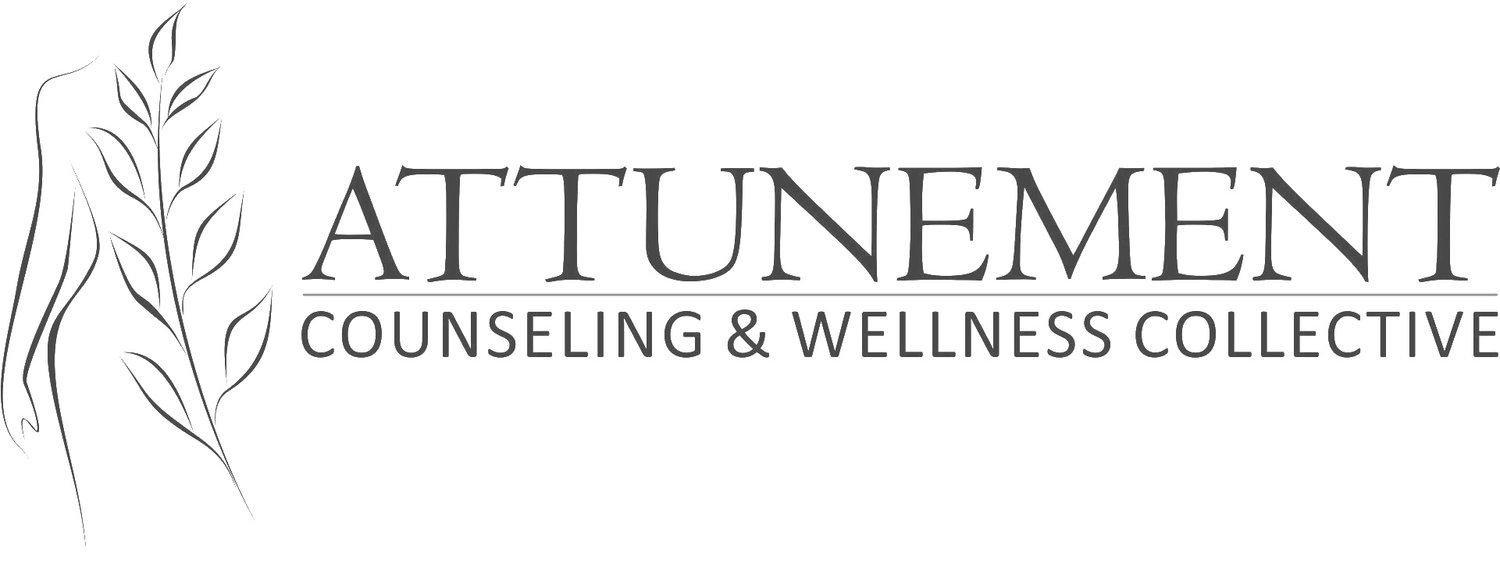EMDR Intensive
You’ve been in therapy for years, and while you’ve made good progress, there’s one lingering piece that needs to be resolved. You know it’s time to put your past in the past.
The last thing you want is to be in therapy for months or even a year to reach this final goal.
You may be feeling stuck, frustrated, or having difficulty sleeping. Or, you may notice old stories continuing to replay in your mind about your worth or safety in the world.
You can achieve three months’ worth of progress in one week.
In our EMDR Intensives, we help our clients learn to stay in the present, feel more in control of their minds and bodies, and achieve new levels of self-confidence and inner peace.
Our clients have reported a decrease or complete recovery from panic attacks, nightmares, and intrusive thoughts following EMDR Intensives.
An EMDR Intensive is right for you if:
You are looking for expedited symptom relief
You do not have the time to commit to weekly therapy sessions
You need the flexibility of scheduling at certain hours of the day
You are able to tolerate long sessions over several days
Therapists who Offer EMDR Intensives:
If interested in scheduling an EMDR Intensive, please request an Initial Consultation with one of the following providers.
FAQs
What is EMDR?
EMDR, short for Eye Movement Desensitization and Reprocessing, is a type of therapy that helps people recover from traumatic and stressful life events.
Unlike other types of therapies, EMDR does not require you to talk in much detail about the traumatic or stressful events, or complete homework assignments between sessions. Instead, EMDR allows the brain to resume its natural healing process.
How does EMDR work?
EMDR uses something called bilateral stimulation to help the brain resume its natural healing process. We all have a stress response (fight/flight/freeze) when confronted with a disturbing event. If our brains don’t effectively process the event, it can get “stuck” (along with the associated images, physical sensations, emotions, and thoughts) and overwhelm us.
By using bilateral stimulation (eye movements or tapping, typically) while reprocessing the stressful event, the brain’s normal healing processes resume and the stress response is resolved.
What happens in an EMDR session?
EMDR is an 8-phase treatment approach. In Phase 1, your therapist will get to know you in more detail by asking questions about your family, childhood, current symptoms, and important life events. In Phase 2, you will learn different ways to shift yourself into a state of calm by breathing, visualizing, and using other helpful coping strategies.
In Phase 3, your therapist will help you identify which “target” (memory/event) to process. You will identify the images, negative beliefs, physical sensations, and emotions connected with the event, and rate their intensity on a scale of 0-10. You will also identify a more positive/realistic belief and rate how true it feels on a scale of 1-7.
In Phase 4, you will use bilateral stimulation (most often eye movements) to reprocess the target event. Your therapist will check in with you frequently to see how you’re doing and guide you through the process. You will continue in this phase until your level of distress reaches 0.
In Phase 5, you will again use bilateral stimulation while thinking of the target event and your identified positive belief. You will continue in this phase until your positive belief is rated at a 7. In Phase 6, you will use bilateral stimulation while focusing on clearing out any physical sensations (tension, tightness, pain in the body).
In Phase 7, your therapist will debrief the session with you, ensure you are in a good place to end, and celebrate your progress with you. In Phase 8, your therapist will check in with you about how things went after your last session, review your progress, and update your target plan as needed.
It is normal for multiple phases to occur in one session.
What if I don’t have PTSD?
Though EMDR was originally studied for the treatment of PTSD, there is a lot of new research indicating its effectiveness in the treatment of panic disorders, depression, eating disorders and OCD.


